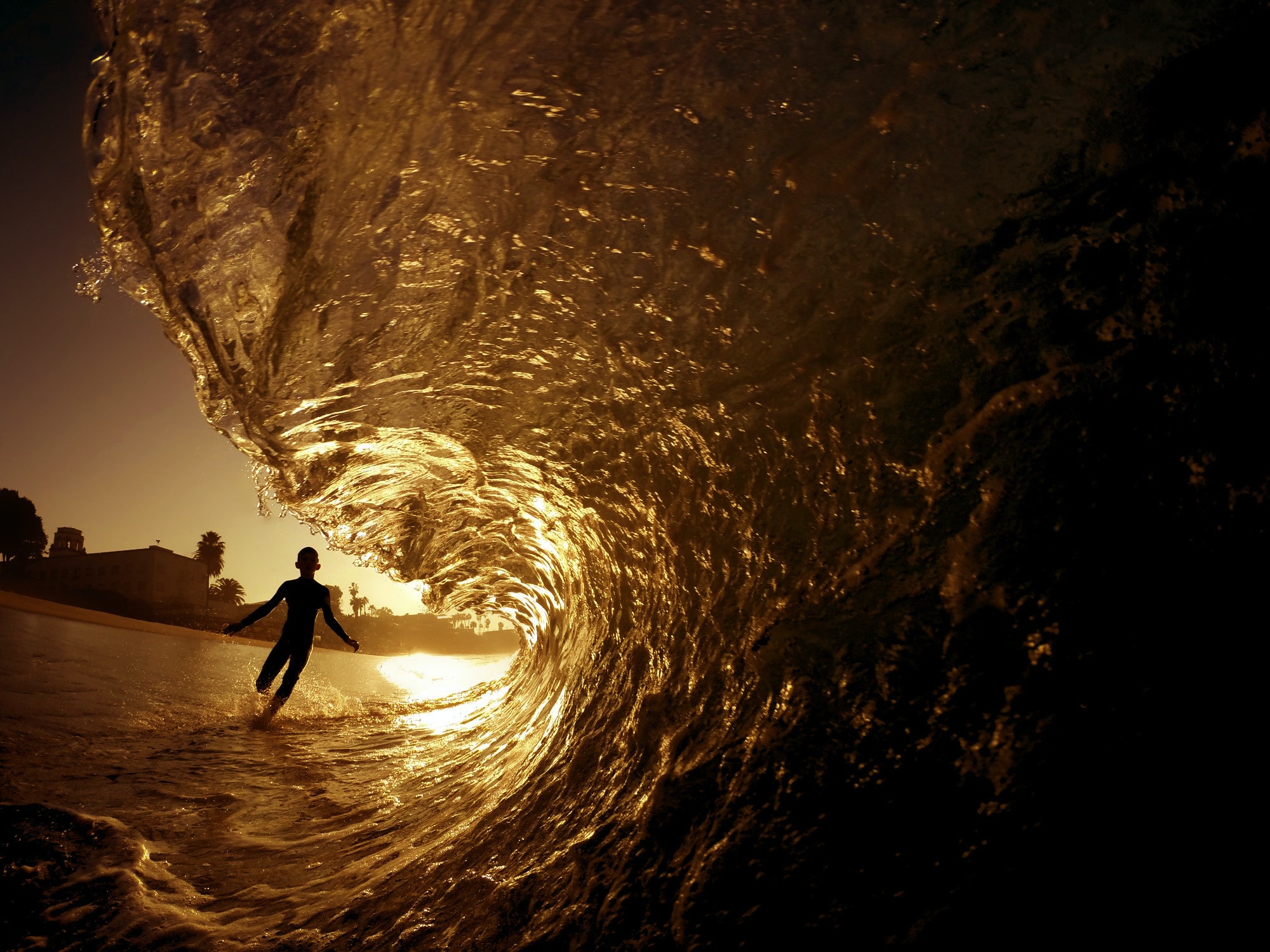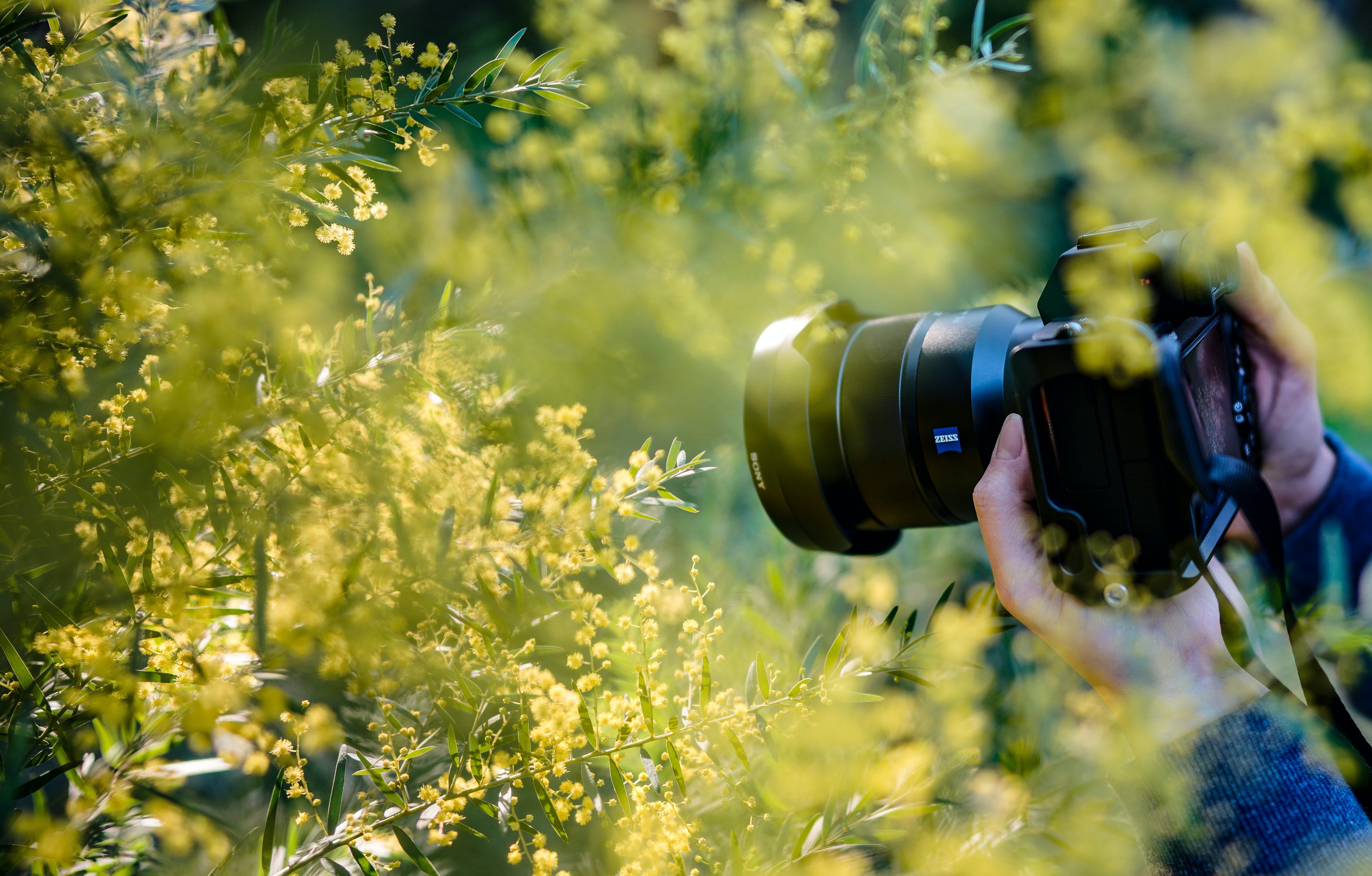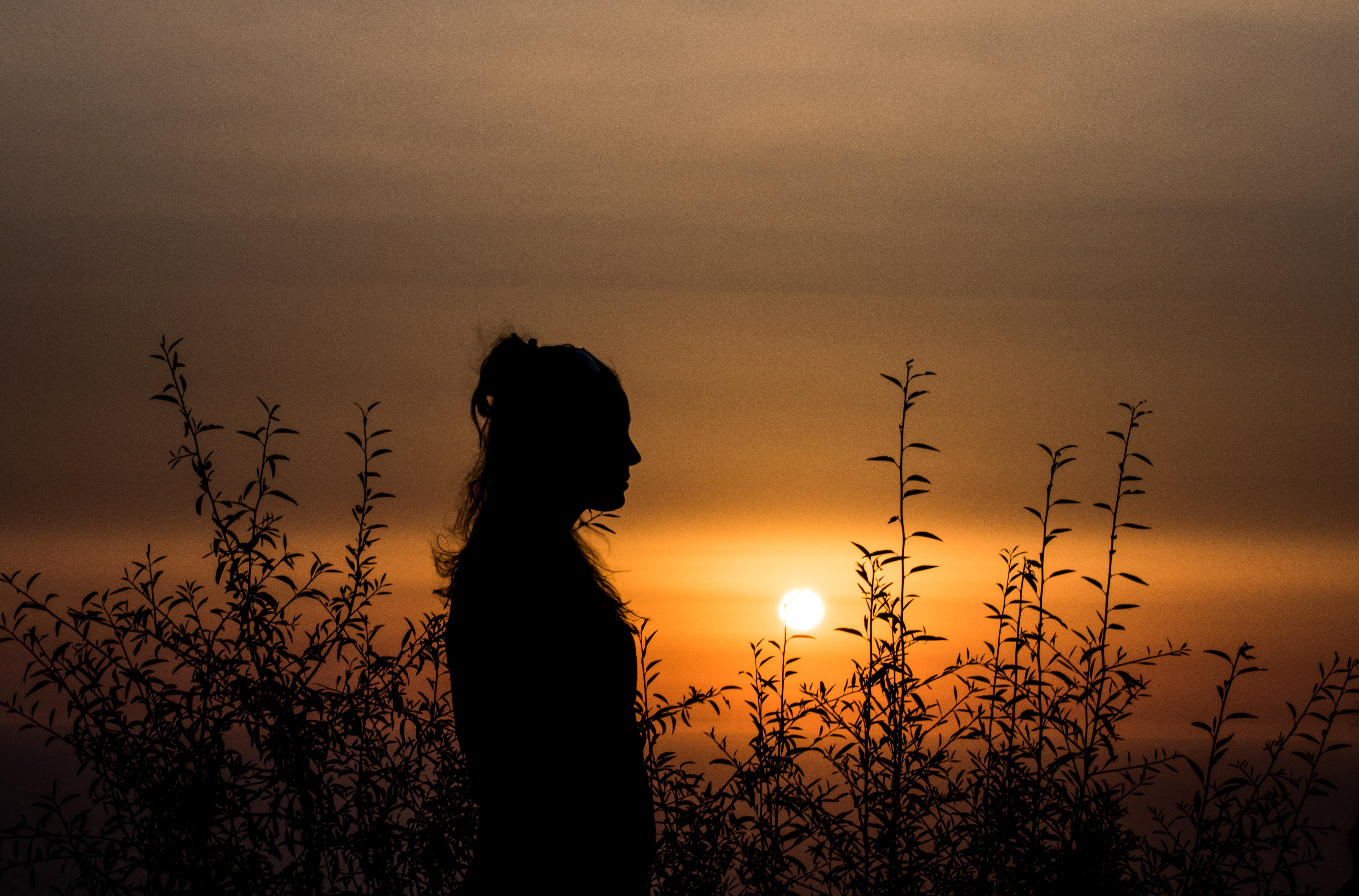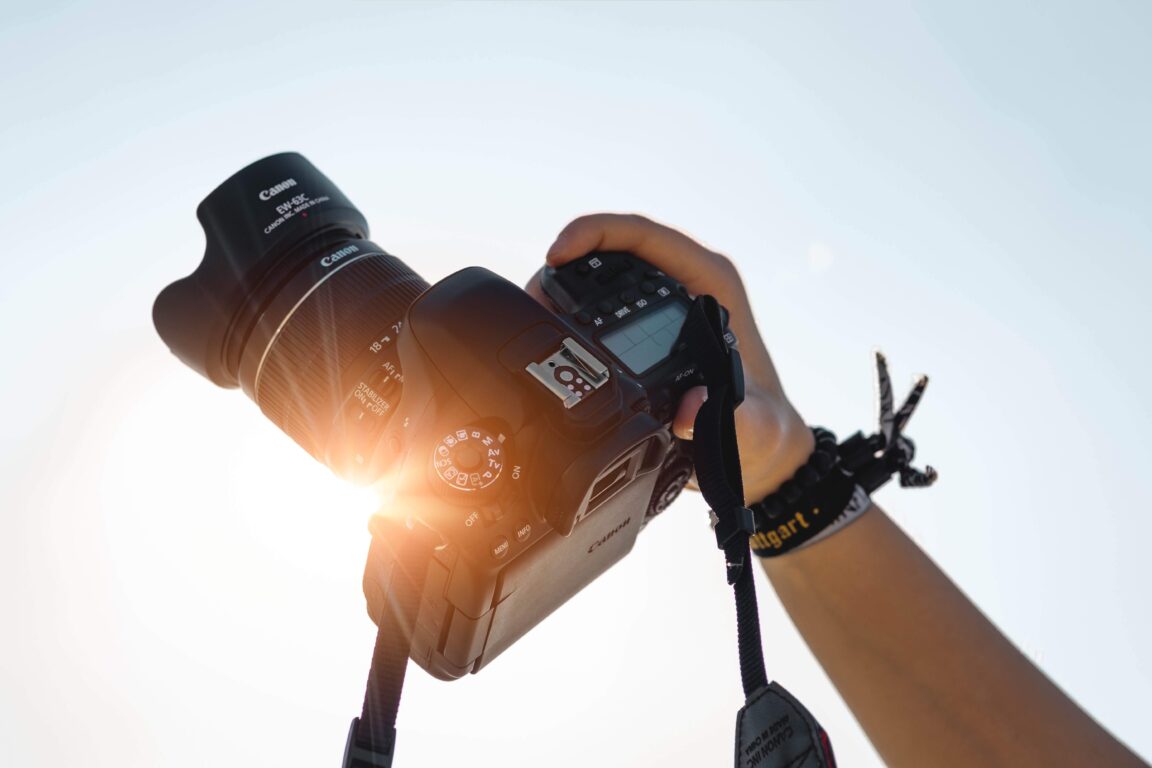“Lights, Camera, Action!”
Of course, you see that coming; how could you not?
This just in: without light, a photograph can’t exist. Light is an essential ingredient in the making of an ideal photograph.
Over and above, the word photography actually means “Drawing with light.” No wonder some even say that photography is more about writing, painting, and telling stories using light. It is everywhere, indoors or outdoors, and that’s why videography, cinematography, or whichever nook photography embraces exists; photography is all about light. Well, not stretching it anymore with the worldly statements; let’s get straight to the point: how does it make a photograph? Why must one understand it before capturing a moment… And all that jazz!
The beauty of light
Light is energy that enables us to see, create, and… Most of all, convey meaning through art (photography)! From giving life (oxygen), we breathe through plant photosynthesis to putting life in photographs; light is a ubiquitous need! Isn’t it beautiful that we, “The living beings” (especially), stay alive in “Photographs” as well? Light is doing its magic and helps us seize moments we cherish. Light is everywhere, even in the darkest recesses of space.
One must understand the fundamental properties of light and the most basic ways to capture it. Ask photographers how they struggle to get the right amount of it; how much it matters when it comes to capture moments. There are a few basic properties of light which are important for all photographers to remember while composing.

A pinch of history
The word photography was seemingly first coined in 1839 from the Greek words phos (genitive: phōtós), indicating “light” and graphê, meaning “drawing or painting.” The technology that ushered the invention of photography merges two distinct sciences: optics & chemistry.
The concept of optical sciences is the convergence of light rays to form an image inside a camera. On the other hand, enabling the capture image to be cataloged permanently on a photosensitive surface is what chemistry does! Interesting, isn’t it?
Moving forward…
Whether you turn on the flashlight, use a fluorescent bulb, or open the window blinds to let the sunlight in; there lies a vast difference between your light sources!
It turns out that there are some prominent differences between natural and artificial sources of light. Yes, that’s one reason lights are categorized chiefly into two types of sources;
- Natural lighting
- Artificial lighting
Natural light refers to any light that comes from natural, non-technological sources; any glare from the sun or moon is natural light. Daylight/sunlight or nightlight qualifies as natural light, no matter how strong or weak, and apparently is beneficial as it costs us nothing!
Natural lighting is free, abundant, and easy to find; for novice photographers, it’s a boon. There’s no need to invest in lighting equipment to get good shots; you can easily experiment with natural light.
On the other hand, artificial light can often be moved around and adjusted to fit any situation in photography. Artificial sources produce this type of light like; a studio strobe, Speedlight, LED light, camera’s pop-up flash, streetlight, or even a lamp. It is more accessible than natural lighting, where you must move the subject and camera according to your desired lighting scheme.
Well, below here, I am going to talk about the usage and…

Types of lights in photography
Talking about types of light and not introducing 3-point lighting; lame!
One must be mindful of this classic lighting technique (every professional photographer uses it), especially while shooting indoors (in studios). Be it filmmakers, videographers, and photographers, three-point lighting is the most common setup for all professionals.
As the name implies, three-point lighting entangles the usage of three light sources in three specific lighting positions. Using these three light sources, a professional can control all the variables for lighting a subject while shooting. Three-point lighting setup includes; key (front light), fill (soft light), and backlight.
Front Light
The front light occurs when the light source is directly in front of the subject. It is also known as flat light; since the light is not at any angle, it results in a limited number of shadows on the frame. The light will be dispersed evenly across the photograph, with no more or less exposed area than the rest. This type of light is used in portraits and helps to show the complete portrait; making both sides of the face appear more symmetrical. Front light can also be helpful while photographing products without distracting backgrounds and clear lines such as jewelry, products, and portraits.
Back light
As the name suggests, the backlight is produced when the light source is behind the subject, basically when the subject stands in between the light and the camera. You can use this light to showcase a product by creating a rim light effect around the object (living or nonliving) you shoot. This light allows you to play with the creative photographic techniques like silhouettes and long shadows in photography.

Soft Light
When the light source is diffused, it eventually yields soft light; the lighting effect always remains subtle with soft light. Using soft light, one can get less intense shadows and a lower contrast between the darks and light in the photograph, if there are any. When you shoot indoors, a diffusion panel between the light source and your subject is used to get the job done. Whereas, while shooting outdoors, you can get perfect shots when the weather is hazy; clouds act as natural diffusers for the direct sunlight. Also called diffused light, softlight offers a more fresh and natural appearance to the photograph when used adequately.
Hard Light
Unlike soft or diffused light, hard light is produced when your light source is pointed directly at the subject. This light is used chiefly while yielding high contrast and well-enhanced, and dark shadowed pictures. Hard light acts as a spotlight and focuses on more detailed subjects in the frame.

Wrapping it up!
Needless to say, the best way to learn and master photographic techniques is simply grabbing your gear and experimenting out there. Above mentioned information is just a part of the basics of light in photography; you must stay connected to learn more. Always remember there are innovations and technologies to explore, all the time; so keep learning. If you want to know more about lighting techniques or anything related, write to us; we would love to share the information you are seeking! Happy reading, and keep clicking!




One Comment
Leave a ReplyOne Ping
Pingback:Composition: The Secret of Photography - Penloom